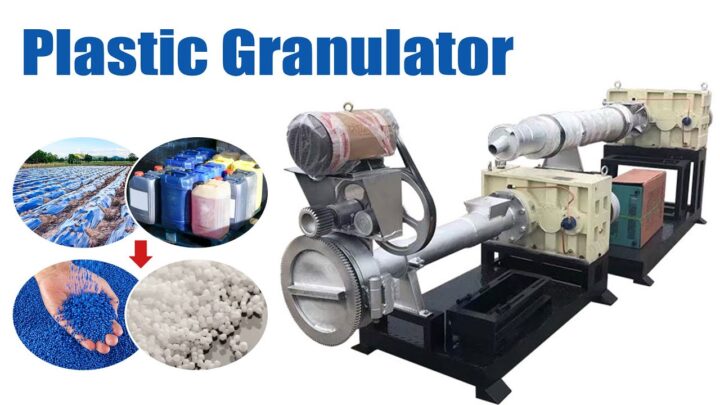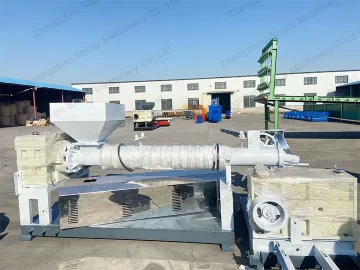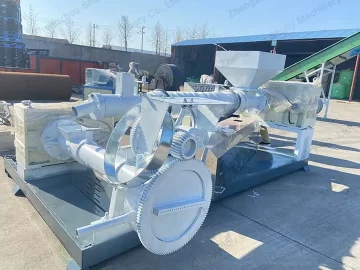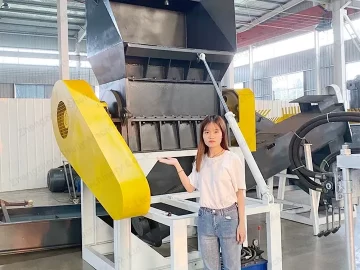Dengan pertumbuhan pesat industri plastik dan bertambahnya populasi, terjadi peningkatan pasti dalam produk plastik. Digunakan terutama untuk memproses film plastik bekas, mesin pellet plastik memainkan peran penting dalam mendaur ulang limbah plastik dan mengubahnya menjadi bahan yang dapat digunakan kembali.
Namun, seperti mesin lainnya, mesin pembuat pelet memerlukan pemeliharaan dan perawatan secara teratur untuk memastikan kinerja optimal dan umur panjang. Tanpa pemeliharaan yang tepat, mesin ini dapat menjadi kurang efisien, yang mengarah pada perbaikan dan penggantian yang mahal serta mengurangi umur mesin.
Sekarang, kita akan menjelajahi praktik terbaik untuk memelihara dan merawat mesin pelet plastik Anda dan menunjukkan kepada Anda cara terbaik untuk memelihara mesin pelet plastik Anda agar dapat memaksimalkan kinerjanya dan umur panjangnya!
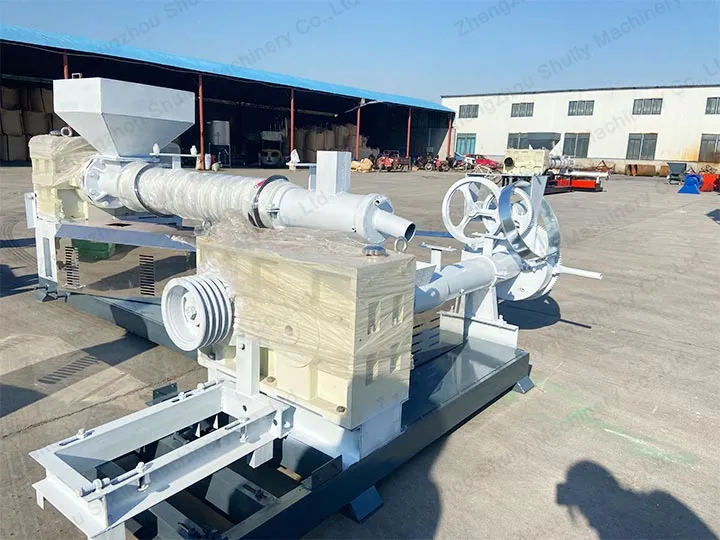
Tugas pemeliharaan rutin
Tugas pemeliharaan rutin sangat penting untuk menjaga mesin pelet plastik dalam kondisi terbaik dan untuk memastikan kinerja dan masa pakai optimalnya. Berikut adalah beberapa faktor dasar yang perlu dipertimbangkan saat memelihara mesin ini:
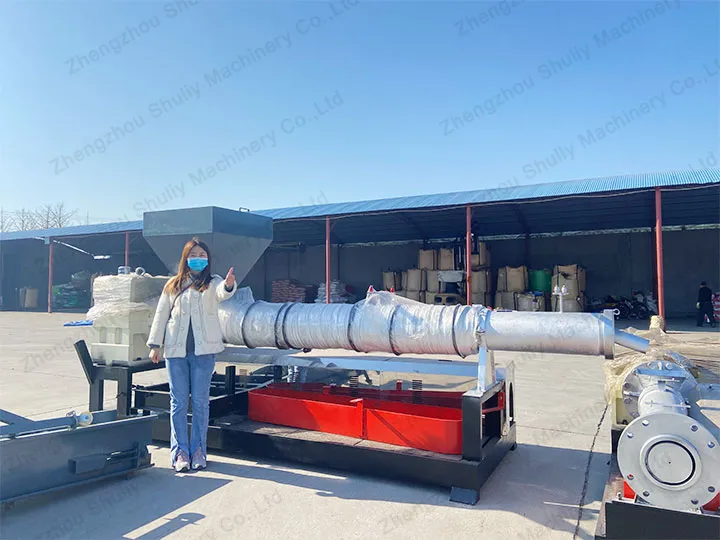
Inspeksi pra-instalasi
Mesin pelet plastik juga terdiri dari berbagai komponen. Sebelum pemasangan, setiap komponen peralatan harus diperiksa untuk memeriksa kondisi struktur baja utama, bantalan, baut, dll., serta melindungi permukaan komponen dari korosi, dll. Ini didokumentasikan dengan baik untuk pemeriksaan pasca.
Kondisi penempatan
Mesin pelet plastik perlu ditempatkan di lokasi yang berventilasi untuk memastikan bahwa panas dari kerja motor didistribusikan untuk memperpanjang umurnya.
Prosedur pembersihan
Menjaga kebersihan mesin sangat penting untuk mencegah kontaminasi dan memastikan operasi yang lancar. Sebelum memulai pelletizer plastik untuk kedua kalinya, partikel sisa harus dihapus dari ruang mesin. Pembersihan secara teratur membantu mencegah penumpukan sisa plastik, debu, dan kotoran yang dapat merusak mesin.
Persyaratan pelumasan
Pelumasan yang tepat pada bagian bergerak mesin sangat penting untuk mengurangi gesekan dan keausan yang dapat menyebabkan kegagalan prematur. Bantalan dari pelletizer plastik harus dilumasi secara teratur untuk memastikan pelumasan antara bantalan.
Inspeksi keausan dan kerusakan
Inspeksi rutin terhadap komponen mesin diperlukan untuk mengidentifikasi tanda-tanda keausan. Ini memungkinkan deteksi dini dan perbaikan atau penggantian masalah secara tepat waktu sebelum menjadi masalah besar.
Pastikan ketajaman alat
Untuk memastikan ketajaman ujung potong alat, alat tersebut harus diperiksa secara berkala untuk memastikan ketajaman dan mengurangi kerusakan pada komponen lain akibat ketumpulan mata.
Pemecahan Masalah Umum
Bahkan dengan pemeliharaan rutin, mesin pelet plastik masih dapat mengalami masalah yang mempengaruhi kinerjanya. Beberapa masalah umum termasuk penyumbatan, kualitas pelet yang tidak konsisten, dan sebagainya.
Deteksi dini dan pemecahan masalah ini dapat mencegah kerusakan lebih lanjut dan meminimalkan waktu henti. Teknik pemecahan masalah mungkin melibatkan pemeriksaan bagian mesin, penyesuaian pengaturan, atau penggantian bagian yang aus.
Dengan memahami cara mengidentifikasi dan menyelesaikan masalah umum ini, perusahaan dapat menjaga mesin pelet plastik mereka beroperasi dengan lancar dan efisien.
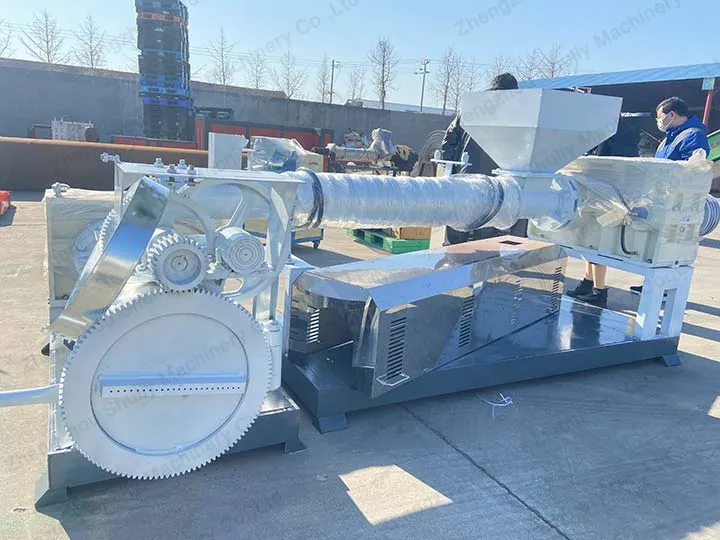
peralatan granulasi plastik
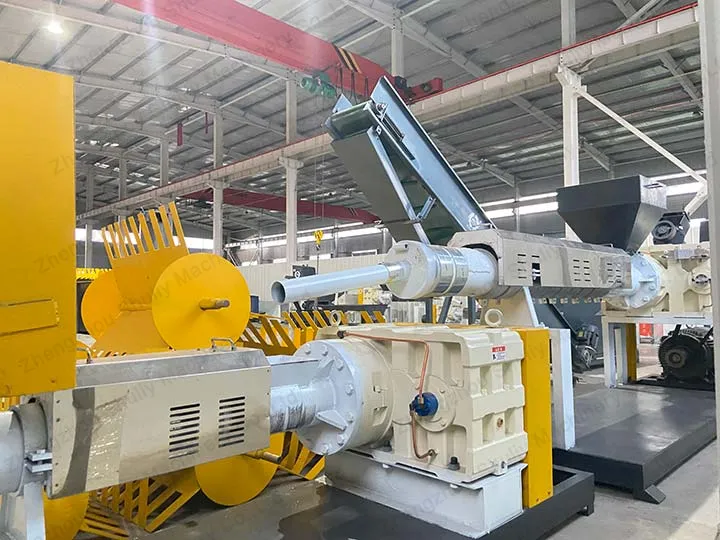
Praktik Terbaik Pemeliharaan
Untuk memastikan pemeliharaan optimal mesin pelet plastik, ada sejumlah praktik terbaik yang perlu diikuti.
Tentukan jadwal pemeliharaan
Memiliki jadwal tugas pemeliharaan yang teratur memastikan bahwa tugas diselesaikan tepat waktu, sehingga mengurangi kemungkinan kegagalan mesin.
Investasikan pada suku cadang pengganti berkualitas
Menggunakan suku cadang pengganti berkualitas sangat penting untuk memastikan umur panjang dan kinerja mesin pelet plastik.
Latih karyawan dalam penggunaan dan pemeliharaan yang benar
Pelatihan yang tepat tentang penggunaan dan pemeliharaan mesin yang benar membantu mencegah kerusakan dan memperpanjang masa pakainya.

Pencegahan selalu lebih baik daripada pengobatan. Dengan menerapkan langkah-langkah pencegahan seperti pemeliharaan rutin, pelumasan yang tepat, dan pembersihan, Anda dapat menghindari banyak masalah ini sama sekali.
Sangat penting juga untuk bekerja sama dengan pemasok dan produsen yang mengutamakan layanan purna jual berkualitas, keahlian teknis, dan solusi yang hemat biaya.
Sebagai kesimpulan, produksi mesin pelet plastik itu menantang, tetapi dengan memahami masalah umum yang dapat terjadi dan menerapkan solusi praktis, Anda dapat mencapai hasil yang lebih baik dan meningkatkan produktivitas.
